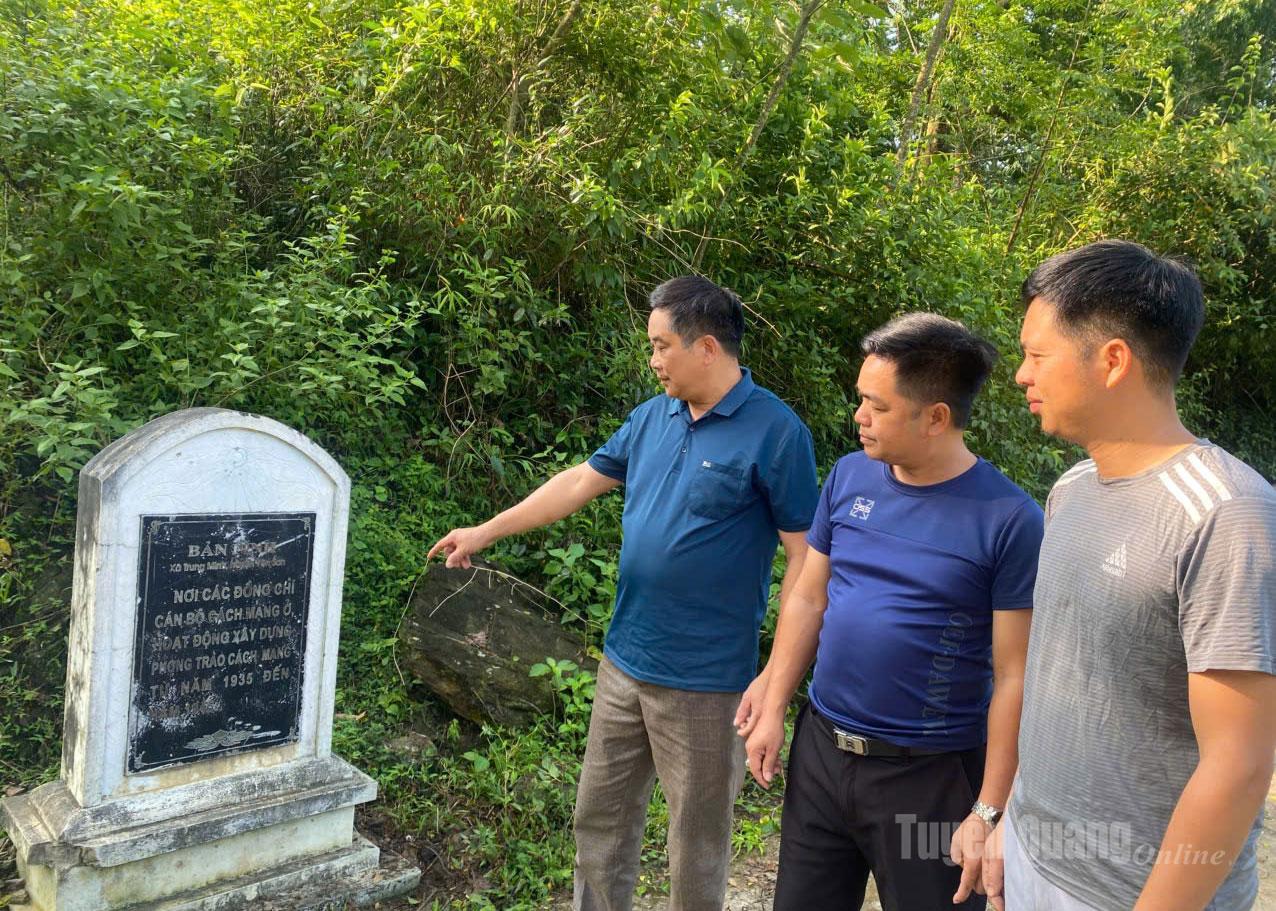 |
| Ban Pinh is the place where revolutionary cadres lived and worked to build the revolutionary movement before the August Revolution in 1945. |
During the historic days of August, many groups of tourists came to Tan Lap Village, Tan Trao Commune - one of the red addresses for revolutionary education . In the stilt house of Mr. Nguyen Tien Su, the head of Viet Minh in Kim Long Village at that time (now Tan Lap Village), streams of people came in emotion, pride and reverence to offer incense sticks to Uncle Ho's altar. This is the place that was once associated with Uncle Ho's revolutionary activities when he returned from Pac Bo to Tan Trao on May 21, 1945. Uncle Ho stayed here before moving to Na Nua hut.
Mr. Be Van Du, Head of Tan Lap village, said that Tan Lap is now not only known as the red village, sheltering the revolution during the August Revolution of 1945, but also known as a community tourism destination. The whole village currently has 18 homestays, many households have run restaurants and community tourism services. In recent years, without relying on investment from the State, households have proactively invested in renovating and refurbishing houses and grounds in the village, creating a green - clean - beautiful landscape, preserving Then language, Tinh lute and Tay ethnic cultural identities to attract tourists. The average income per capita in Tan Lap has now reached 60 million VND/person/year. Tan Lap people are united, taking the lead in the movement "All people unite to build a cultural life". For many consecutive years, Tan Trao has had no violations of law and security and order.
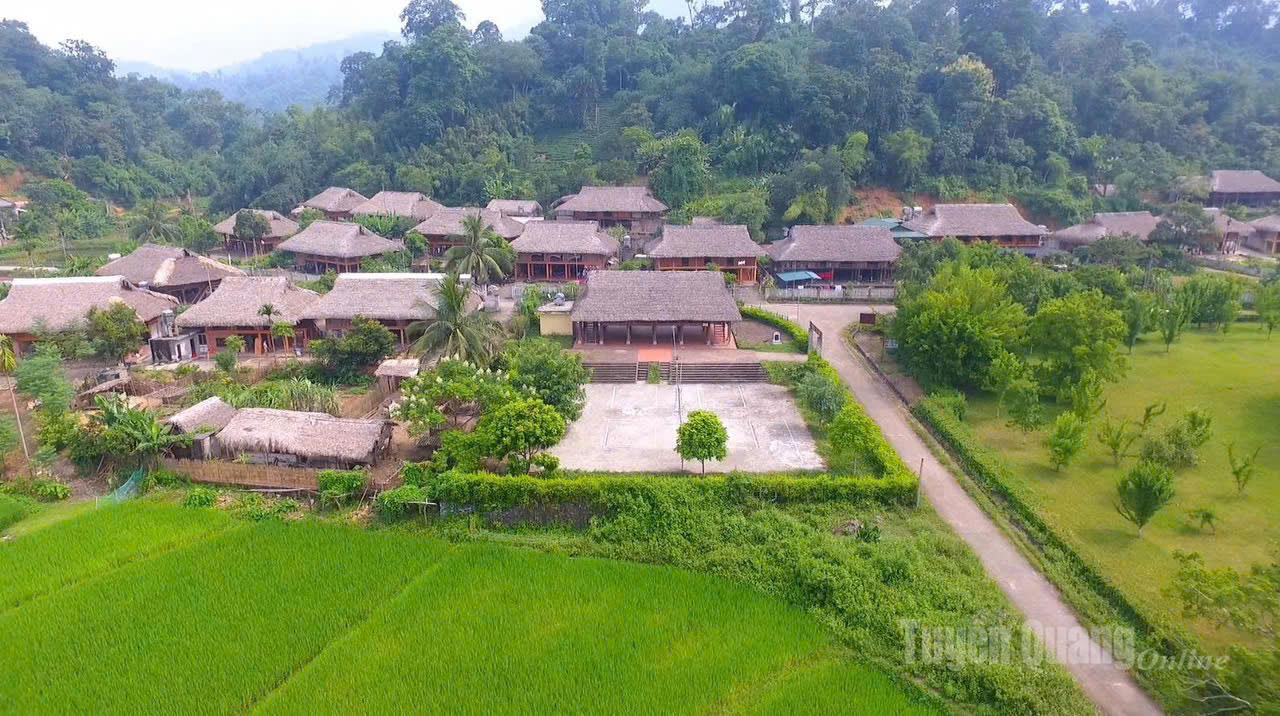 |
| Tan Lap Cultural Village, Tan Trao Commune - a place marking the revolutionary activities of Uncle Ho and the Party Central Committee in the August Revolution of 1945. |
Leaving Tan Lap, we went to Ban Pinh and Ban Pai of Hung Loi commune. According to the book History of the Party Committee of Trung Minh commune (old), now Hung Loi commune, Ban Pinh and Ban Pai were small villages inhabited by Dao people, located deep in the forest. Before the August Revolution in 1945, the life of the people here was extremely difficult due to lack of salt and rice. Despite the difficult conditions, as soon as they heard that the revolutionary soldiers escaped from Cho Chu prison in October 1944 and stopped to rest on the way to Tan Trao, the people of Ban Pinh and Ban Pai quickly arranged food and accommodation and ensured the necessary conditions for Uncle Ho and the revolutionary soldiers to stop. From Pac Bo, Uncle Ho stopped and had lunch at the house of Mr. Trieu Kim Thang, Ban Pai village and then continued his journey to Tan Trao. Here, Uncle Ho instructed the revolutionary soldiers on the necessary tasks to help people improve their lives, and first of all, to open literacy classes for the people.
Comrade Ly Thi Thu Hang, Vice Chairwoman of the People's Council of Hung Loi Commune, who had directly participated in compiling the History of the Party Committee of Trung Minh Commune (old) before, said that before the August Revolution in 1945, at Mr. Dang Ta Senh's house, a meeting was held to discuss opening a popular education class and choosing a secret location to hide weapons. Also here, the oath-taking ceremony of the people of Pai village, vowing to wholeheartedly follow the revolution and the Party, took place.
Today, the younger generation in the red villages continues the tradition of their ancestors' hard work and preservation of their identity. The red villages not only shine forever in history books but also live vividly in every step of change of the revolutionary land.
Article and photos: Thuy Chau
Source: https://baotuyenquang.com.vn/xa-hoi/202508/lang-do-giua-dai-ngan-atk-89f1a4c/






![[Photo] General Secretary To Lam receives the Director of the Academy of Public Administration and National Economy under the President of the Russian Federation](/_next/image?url=https%3A%2F%2Fvphoto.vietnam.vn%2Fthumb%2F1200x675%2Fvietnam%2Fresource%2FIMAGE%2F2025%2F12%2F08%2F1765200203892_a1-bnd-0933-4198-jpg.webp&w=3840&q=75)

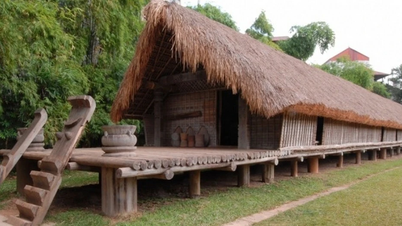

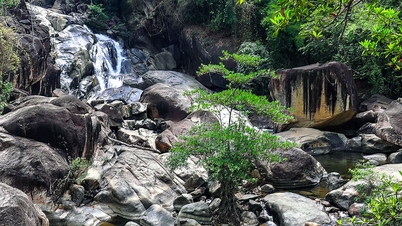

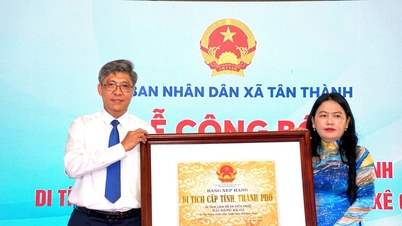
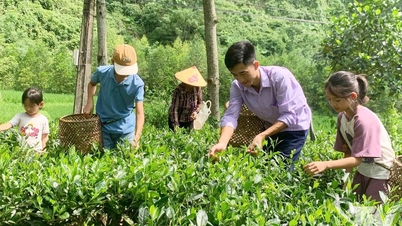

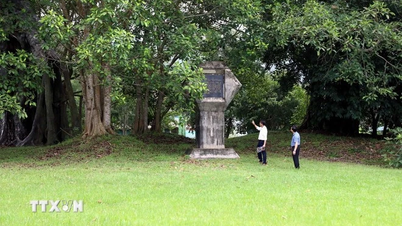
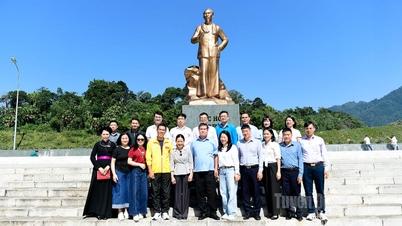




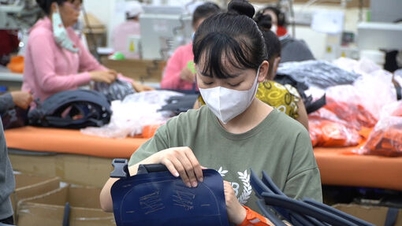




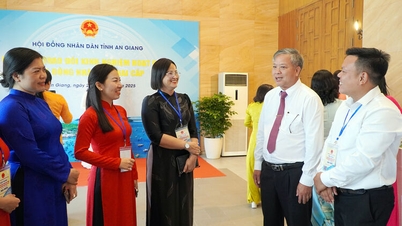
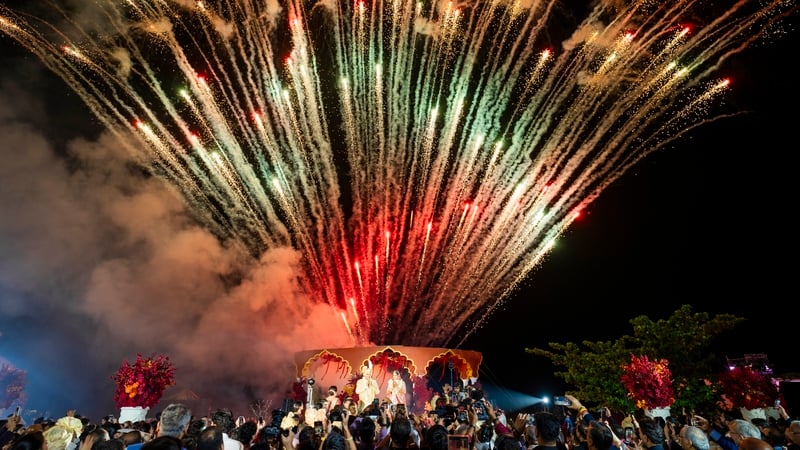
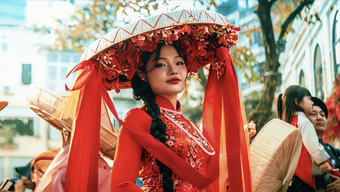


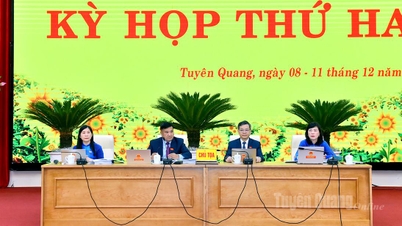
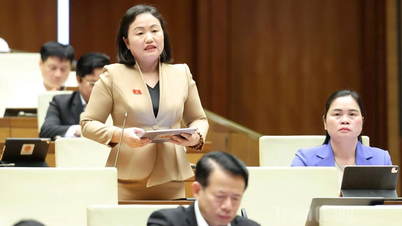
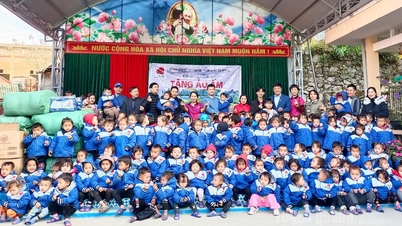
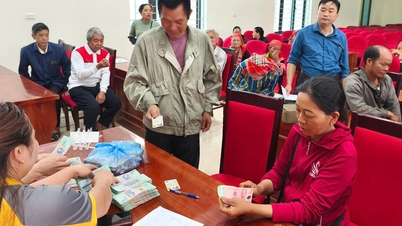

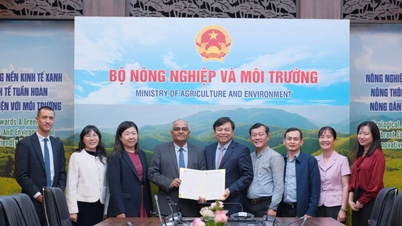

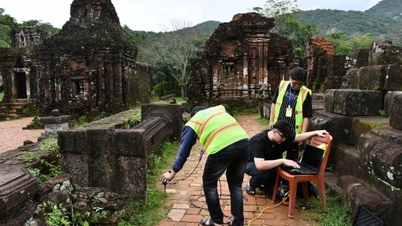

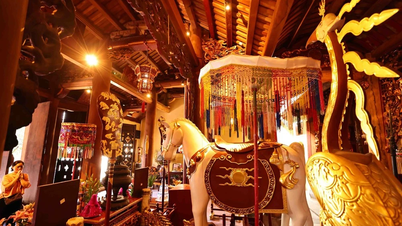


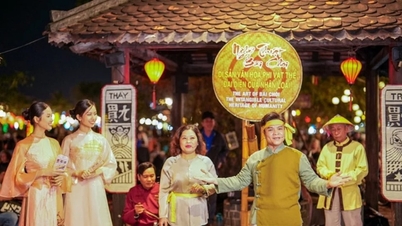

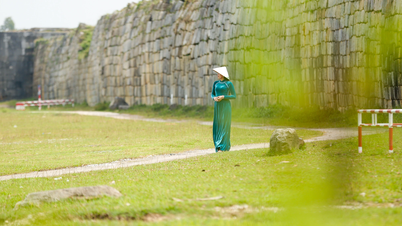



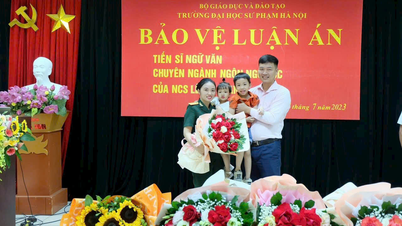

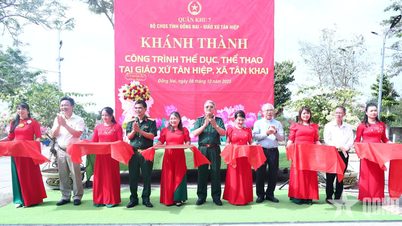
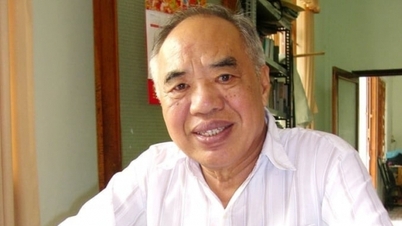

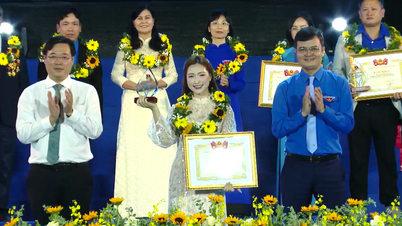

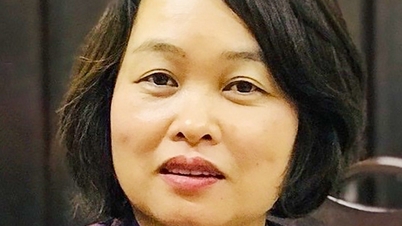

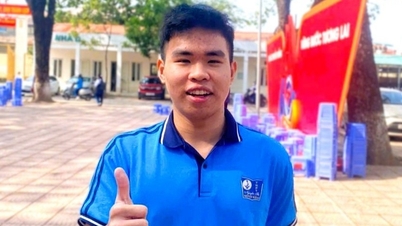

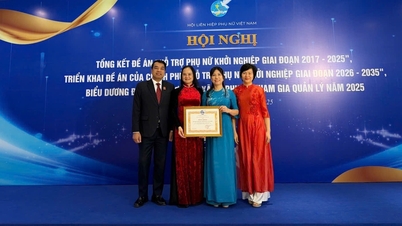

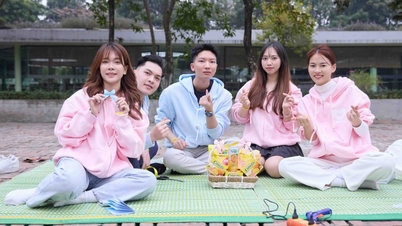


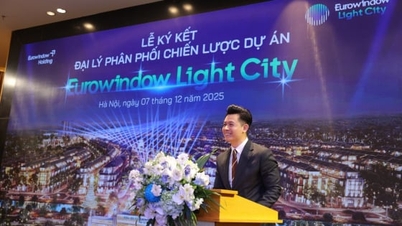



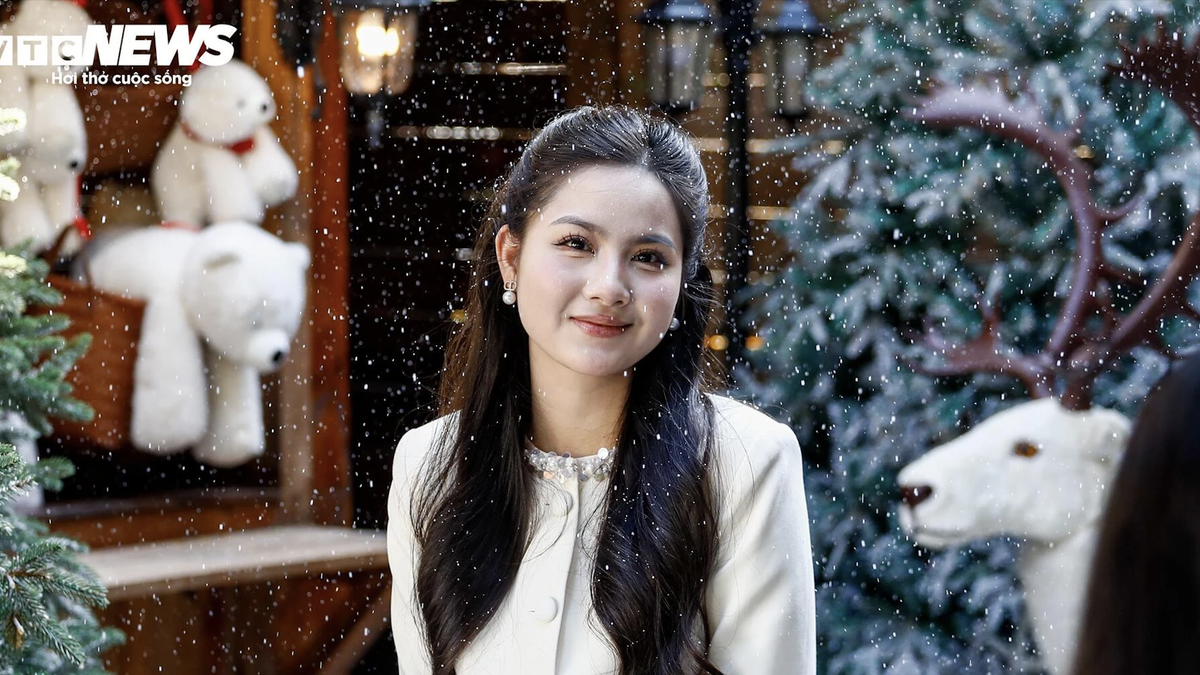
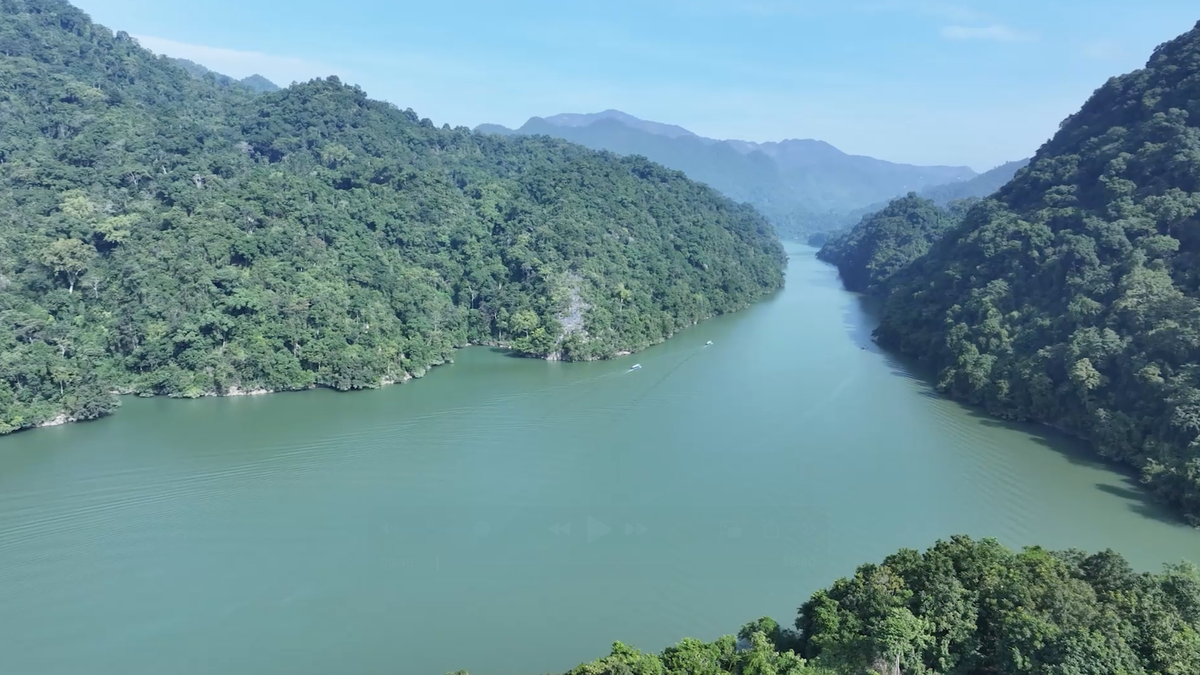



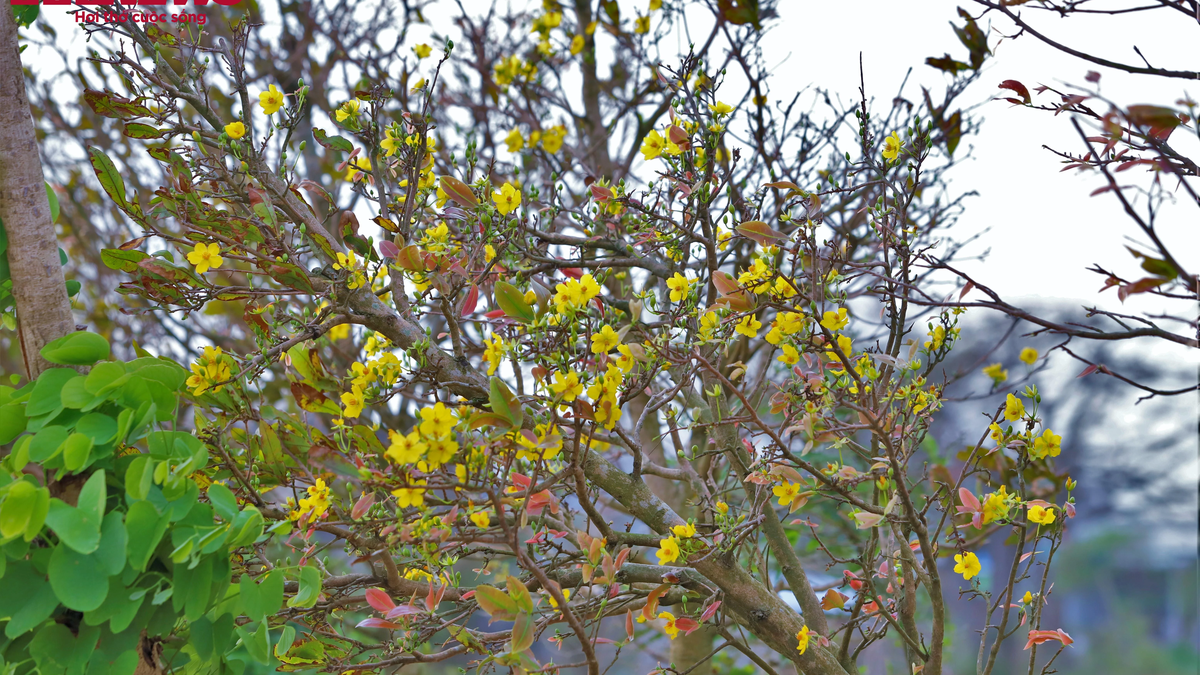
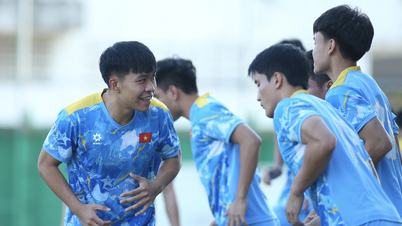
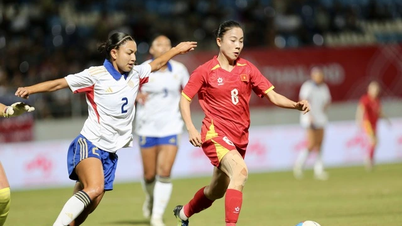
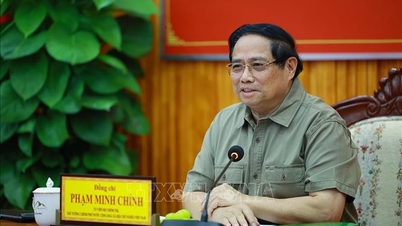

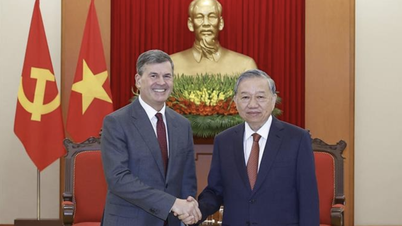


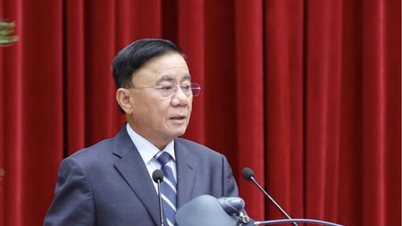
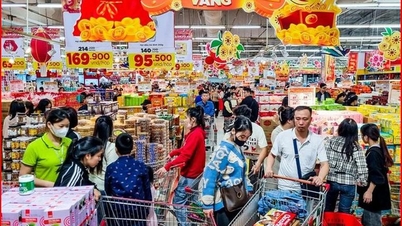

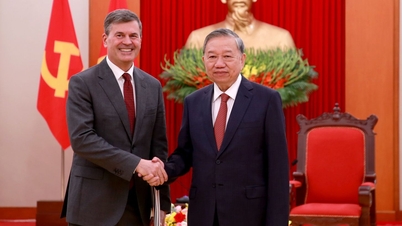
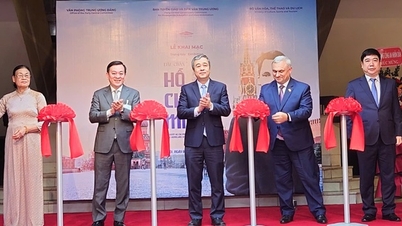

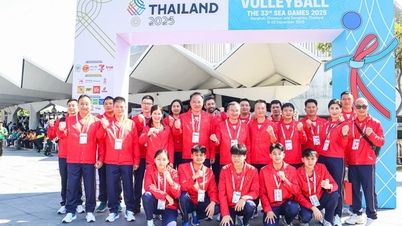
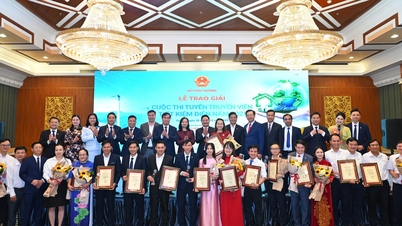


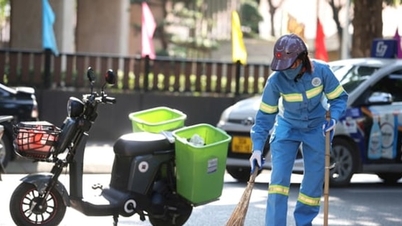
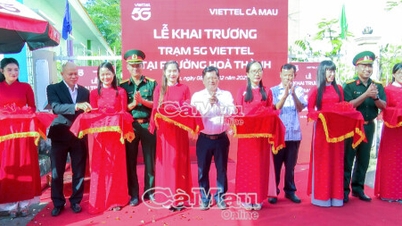













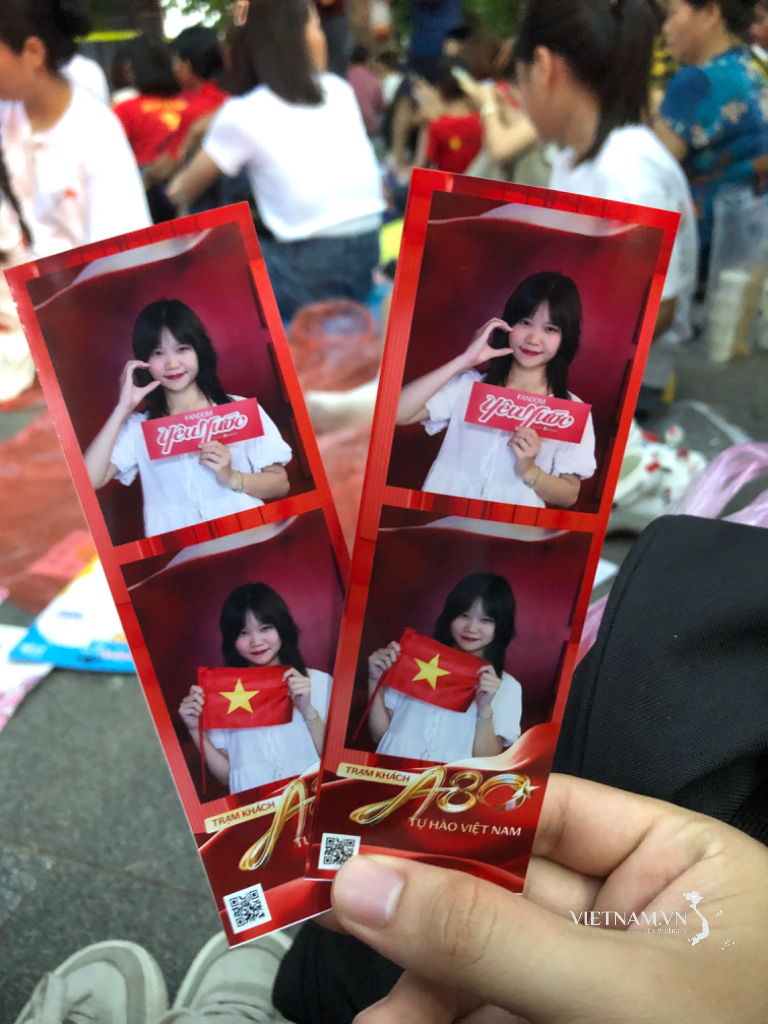






Comment (0)